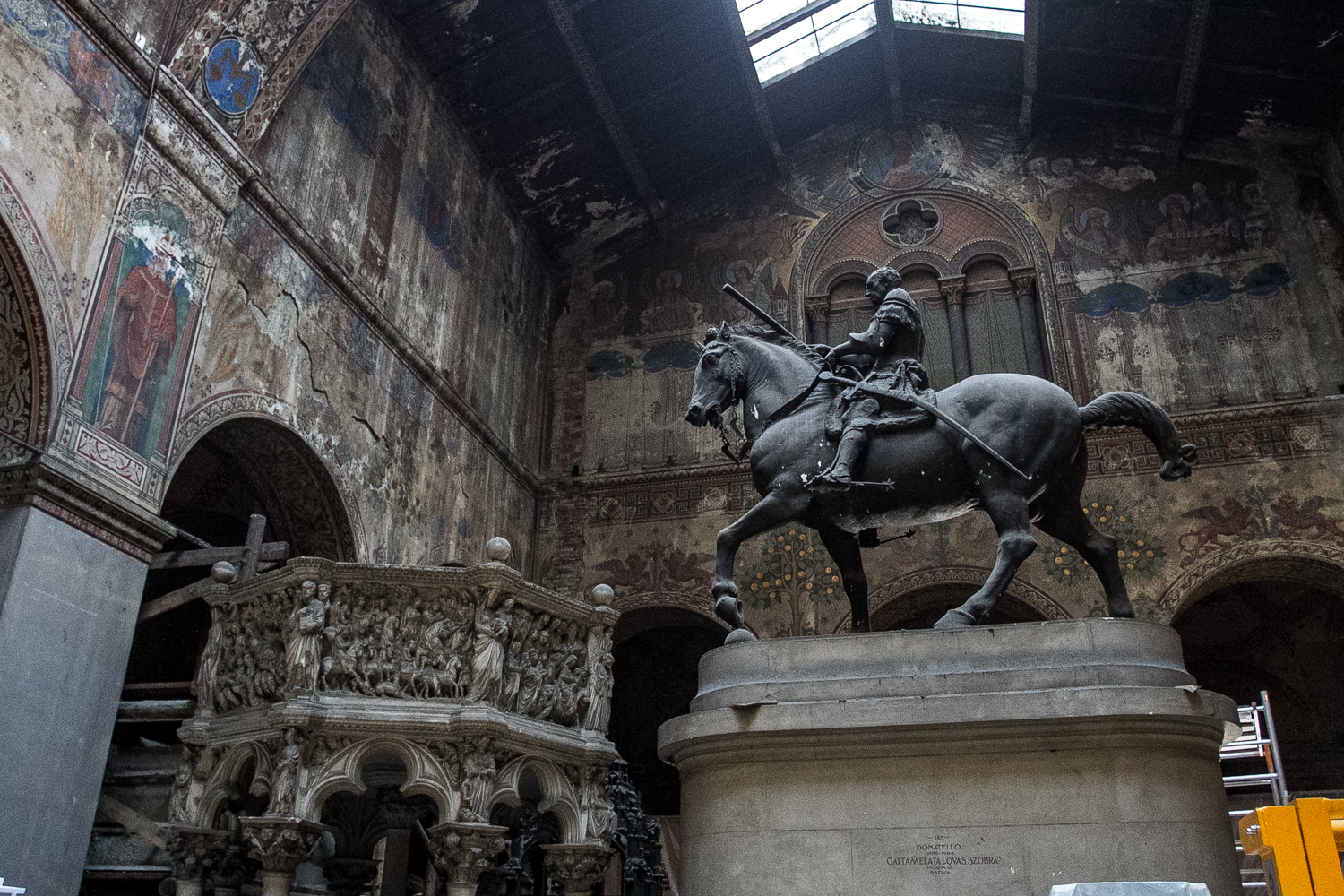The renovationThe Museum of Fine Arts will close its doors along with the popular Rembrandt exhibition on 15 February, to reopen in all its glory after a 3-year renovation.
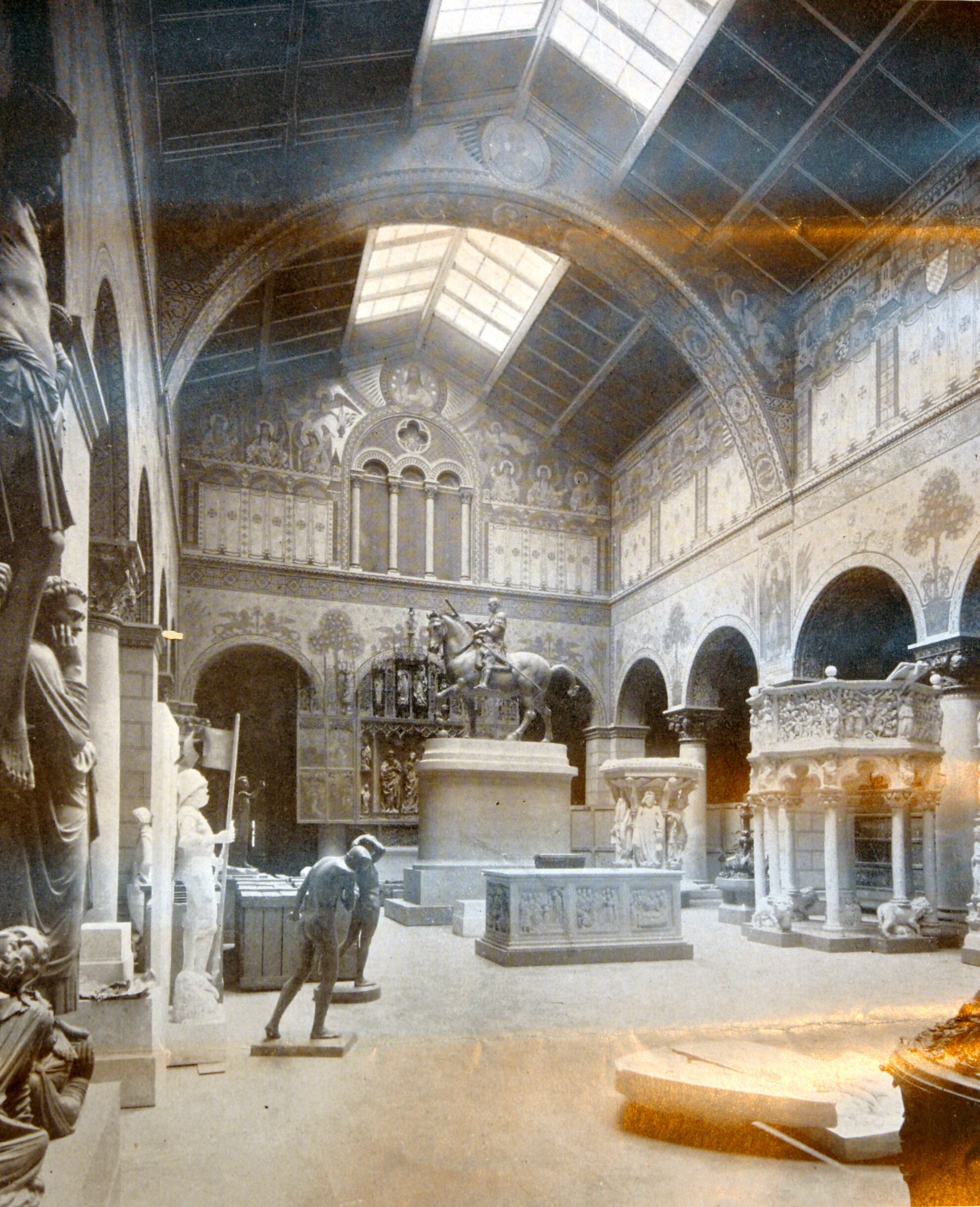
The most important goal of the renovation works is to renew the dilapidated Roman Hall, which has been functioning as a storage since WWII. The rebirth of this magnificent hall decorated with murals will include thorough art conservation works.
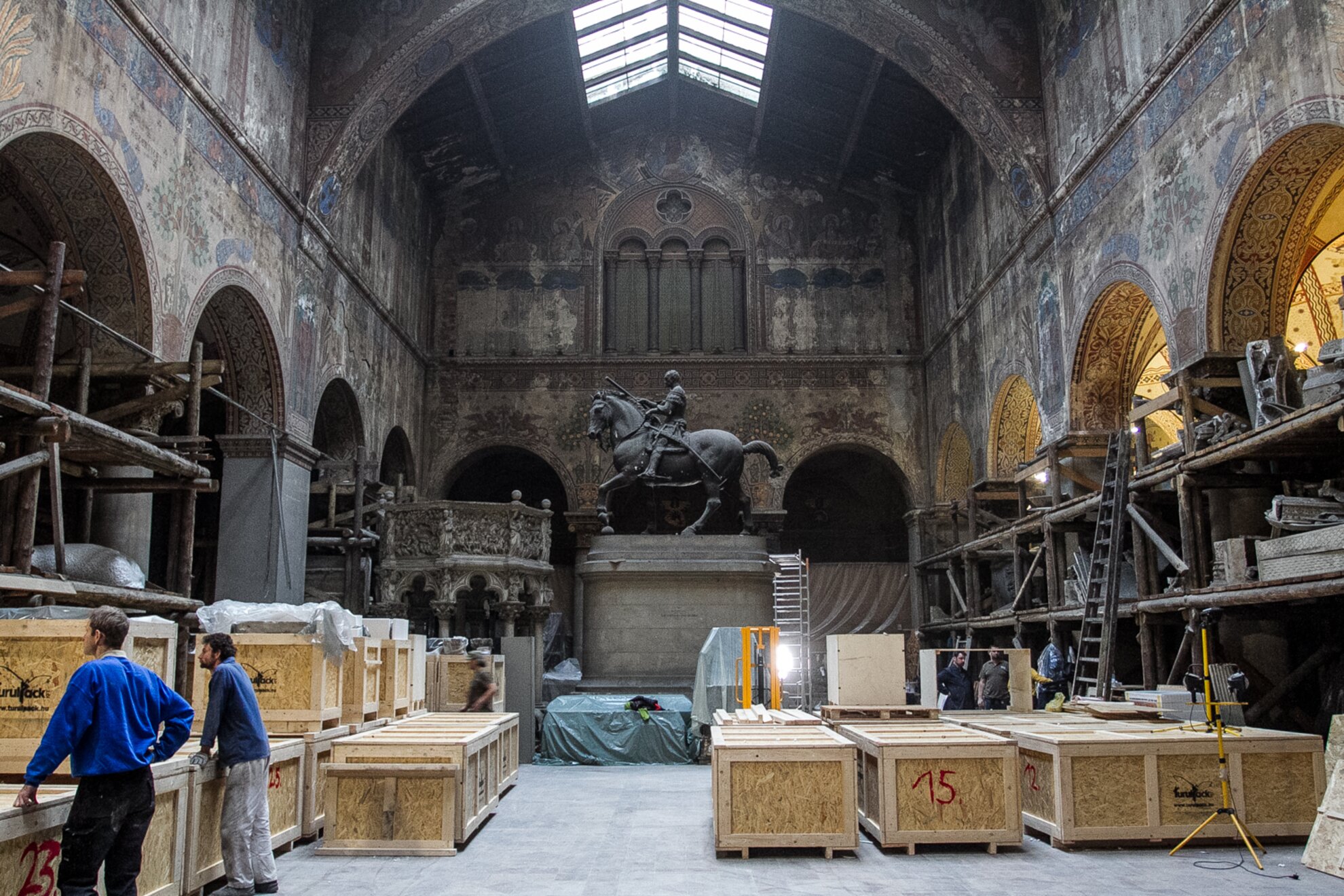
The majority of the works of art stored here are already packed up into sturdy wooden crates, and the restorers have already begun working on the blackened, dust-covered walls. The space itself resembles a church with its naves, frescos, and the copy of the gates of the Freiburg's cathedral.

The reconstruction of the nearby National Centre for Museum Conservation and Storage in Szabolcs Street (courtesy of the Liget Budapest project) will also make it easier for the Museum of Fine Arts to store and restore artwork.
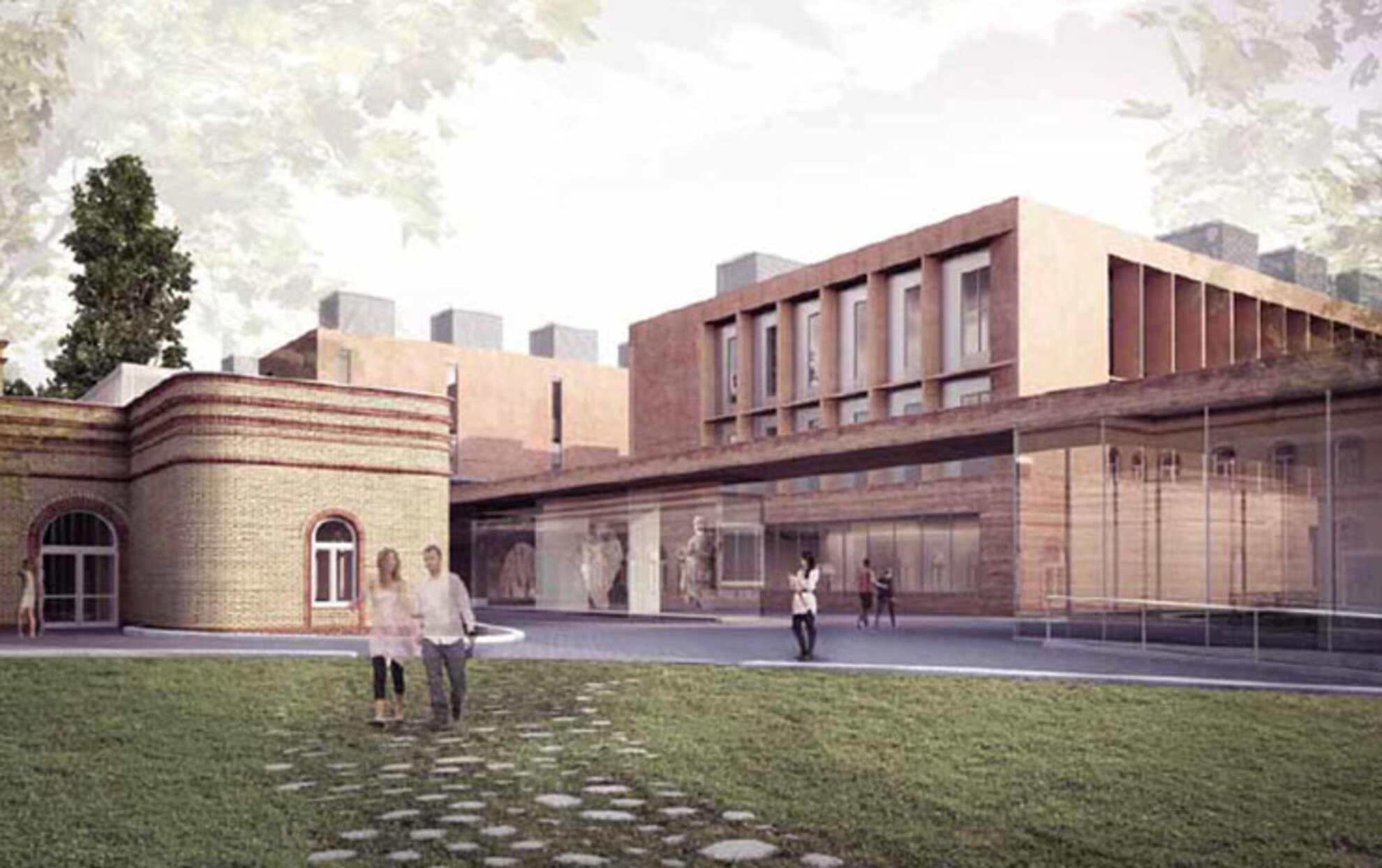
The designs for the renovations were done by an architect experienced in the renovation of museums, namely István Mányi and the Mányi Studio. The building will reopen in 2018; until then the Hungarian National Gallery at the Buda Castle will host an exhibition of the most prestigious pieces of fine art. The completely renewing collection will replace the national/international segregation of artworks with a timeline presentation, so the Museum of Fine Arts will display the artworks pre-dating the mid-19th century, while the New National Gallery - Ludwig Museum will be home to the works created afterwards, as well as contemporary art.
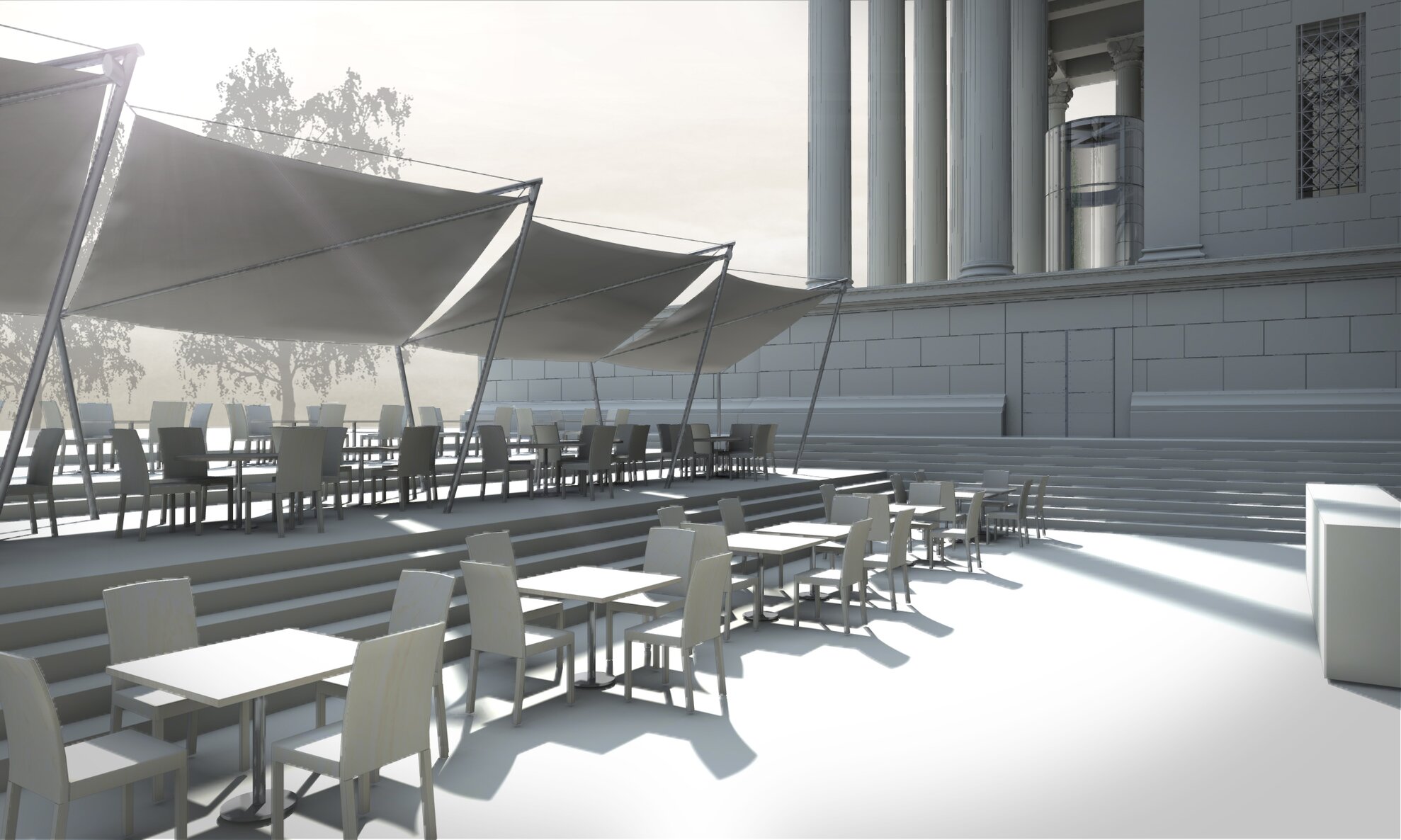
The creatorsThe decision to found the Museum of Fine Arts was made in 1896, while the construction began four years later in 1900, based on the designs of the winning tender by AlbertSchikedanz and Fülöp Ferenc Herczog.

Schickedanz was born in Biala, Galicia, to an ethnic German family in 1846. After his studies in Karlsruhe and Vienna, he had already started working in Budapest by 1868 with famous Hungarian architect, Miklós Ybl.

His most important works are all related to Heroes' Square, in the creation of which he played a central role. He designed the building of the Hall of Art (1895) and the Museum of Fine Arts (1906) together with Herzog, and the Millennial monument (1905), which was sculptured by György Zala. It isn't commonly known that Heroes' Square was a park until the late 1930s.

The museumThe eclectic-neoclassical building, that was opened in presence of Franz Joseph in 1906, exhibits the artwork by the greatest artists of universal art history today. Major parts of the collection were donated to the museum by noble Hungarian families.

The collection is currently divided into six sections: Egyptian Art, Classical Antiquities, Old Master Painting, Sculpture, Prints and Drawings, and the Department of Art after 1800, while the exhibited artists include geniuses, like Raffaello, Leonardo, Dürer, Peter Breugel Sr., Dürer, Rembrandt, Giorgione, El Greco, Tiziano and Monet.

A part of the building suffered severe damage in WWII; some of the collection was taken west, while some was expropriated by the Soviet Union. The pieces taken to west were soon recovered, but the pieces looted by the soldiers of the Red Army are still held by Russian museums.The collection was divided up in 1957, in a manner questioned by the majority of Hungarian art historians. The Hungarian National Gallery founded at this time introduced the works of Hungarian artists without an international context.

When the museum reopens, the Hungarian National Gallery and the Museum of Fine Arts, under a shared management, will follow the west European practice of exhibiting domestic artists within the context of international art history.

This weekend, you can say goodbye to the paintings and the sculptures with two large-scale parties, so that they can return in an improved setting 2018. The reopened museum will be organised according to the aforementioned new concept in a beautifully restored building.
